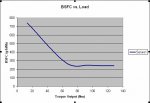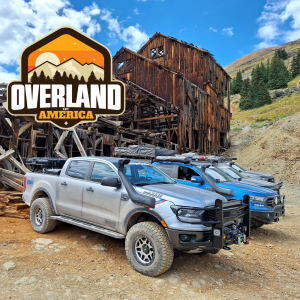You're an operator huh? Then you should know about a standard 8-mode test right? Does constant speed, variable load sound familiar? Since you added "for a short time" on there, is it possible that you didn't see all there was to see about engine testing?
I do work with operators, Dave. My job is to take the data collected in the lab, process it, and build cycle simulation models so that I can run tests on my "virtual" dyno. I do this because it's a lot easier for me to run 5 different intake and exhaust valve profiles than it is to machine them and swap them into the engine one at a time. Most of my time is spent calibrating my virtual model to accurately predict how the engine runs in the lab.
Because I had a slow day at work, I decided to build a simple four cylinder naturally aspirated gas engine on my computer and run a couple tests. This engine was running at a fixed air fuel ratio of 14.7:1, used a standard heat release shape, and was running at 5000 rpm. Here are the results of a throttle sweep (variable load) at a constant speed: Red line is torque output, blue line is bsfc. Simple model yes, but enough to show the basic relationship.

And here's a plot of bsfc against load for an actual engine running on a standard 8-mode test. (variable load, constant speed remember?)

The problem is that you're assuming a constant efficiency for an engine across is operating range. Your also assuming that low loads automatically correspond to low engine speeds. Try driving your truck down the road in first or second gear and see how your mileage turns out. If your engine is running 5000 revs, you're still only producing enough power to drive down the road. So your percent load is only a fraction of what the engine can produce at that speed. Since your running at lower percent load levels, your BSFC will be higher. At lower load levels, your BSFC increases because your engine is becoming less efficient. Your torque output is decreasing, but your fuel input isn't decreasing by as much.
Since this thread has gotten seriously off topic, my advice to the original poster remains the same as what I stated before. If you want to select a turbo that would probably work the best on your truck, find one on an engine that has roughly the same displacement and runs roughly in the same rpm range as the engine you are building and start there. You'll learn a lot in the process and may even decide you want a different turbo. It's all about the experience and the knowledge you'll gain.
Dave, if you have any questions, refer to Heywood. It's a real page turner.
http://www.amazon.com/Internal-Combustion-Engine-Fundamentals-Heywood/dp/007028637X














